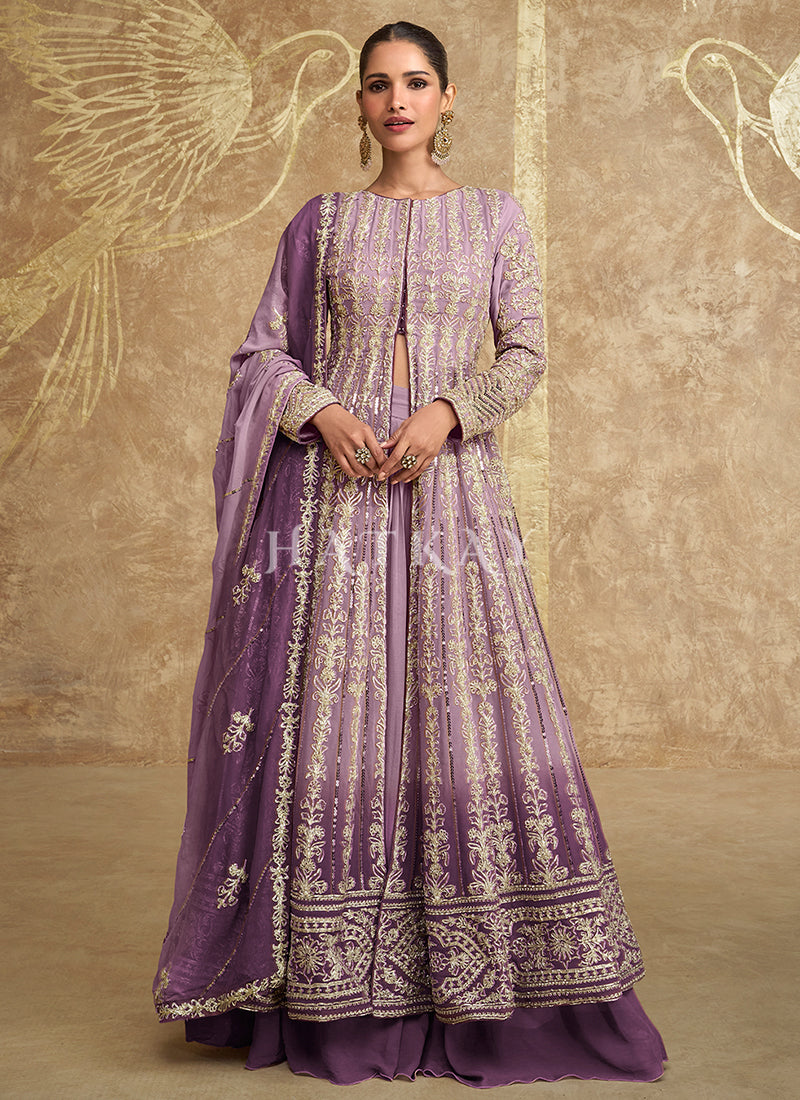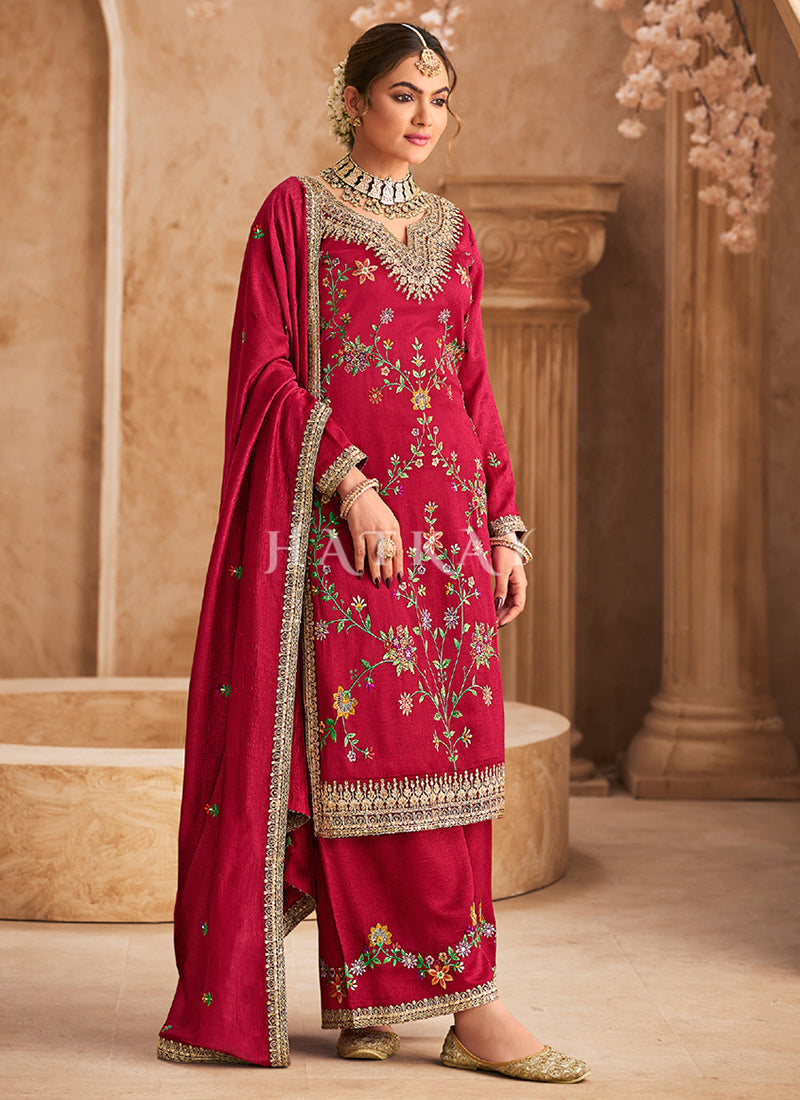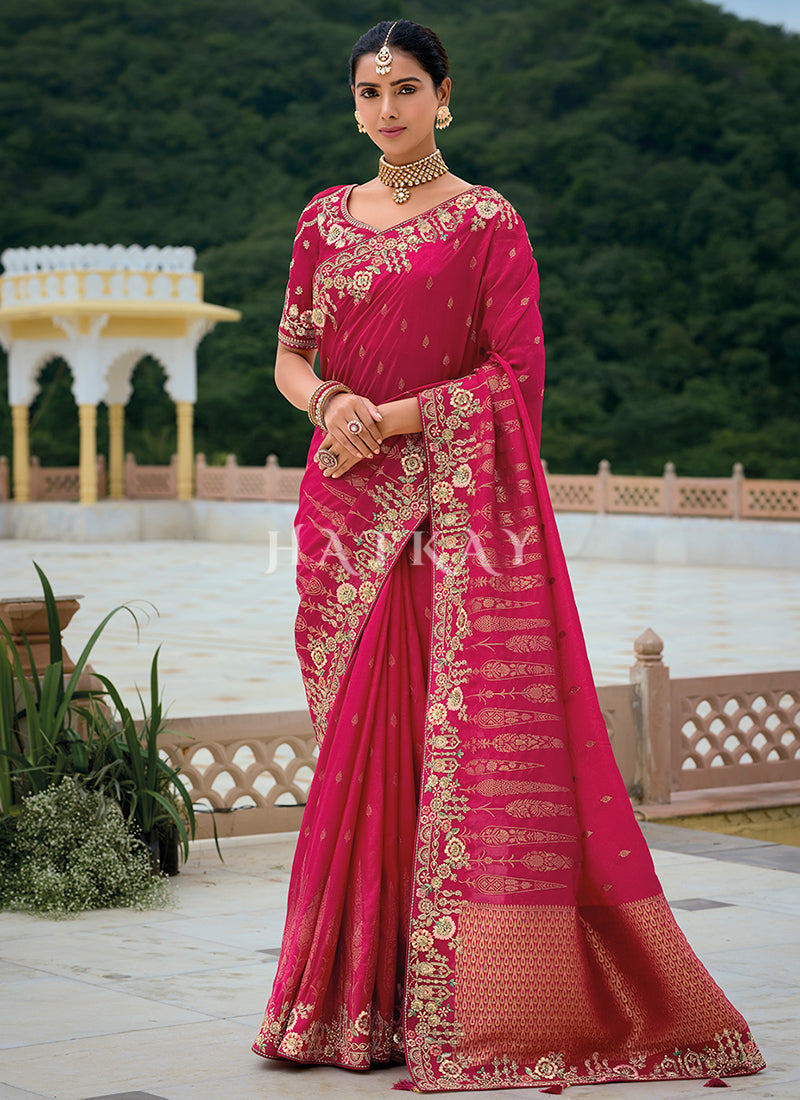India is a land of diverse cultures, traditions, and heritage, and clothing plays a crucial role in defining its cultural identity. The significance of clothing in India extends beyond aesthetics; it embodies history, religious beliefs, social status, and regional variations. This article explores how clothing impacts Indian culture and provides insights into traditional Indian attire, its significance, and the evolving trends in modern times.
The Role of Clothing in Indian Culture
Symbol of Cultural Identity
Clothing in India is more than just fabric; it represents the cultural and regional identity of the wearer. Each state in India has its traditional attire, deeply rooted in its customs and history. For example, the saree is popular in most parts of India but is draped differently in Maharashtra, Bengal, and Tamil Nadu. Similarly, men in Rajasthan wear colorful turbans known as pagris, symbolizing honor and community pride.
Religious and Spiritual Significance
In India, clothing often reflects religious and spiritual beliefs. Many traditional outfits are designed with religious customs in mind. Hindu women frequently wear sarees or salwar kameez, while Muslim women may wear hijabs or burqas. Sikh men are recognized by their turbans, which hold religious significance. Temple priests wear dhotis or saffron robes, symbolizing their devotion and purity.
Social and Marital Status Representation
In Indian society, clothing also signifies a person’s social and marital status. Married Hindu women traditionally wear a sindoor (vermilion) on their foreheads and a red or gold bindi. The colors and styles of sarees worn by women may indicate their marital status. For instance, Bengali brides wear red and white sarees, symbolizing prosperity and purity.
Festivals and Celebrations
Festivals in India are celebrated with grandeur, and traditional attire plays an essential role in these festivities. Diwali, Eid, Holi, and Navratri are incomplete without vibrant ethnic wear. During these celebrations, men and women adorn themselves in elaborate clothing such as lehengas, sherwanis, and anarkalis, often embellished with embroidery, sequins, and zari work.
What to Know About Indian Clothes?
Traditional Indian Attire
For Women:
-
Saree: The most iconic attire for Indian women, a saree is a long piece of cloth draped elegantly over a blouse and petticoat. Each region has a unique way of draping the saree, such as the Nivi drape of Andhra Pradesh and the Gujarati seedha pallu style.
-
Salwar Kameez: A comfortable and versatile outfit consisting of a long tunic (kameez), loose-fitting trousers (salwar), and a dupatta (scarf). It is widely worn in North India and Pakistan.
-
Lehenga Choli: A festive and bridal outfit consisting of a flared skirt (lehenga), a blouse (choli), and a dupatta.
-
Anarkali Suit: A Mughal-era inspired outfit that includes a long, flowing frock-style tunic paired with fitted pants and a dupatta.
-
Ghagra Choli: Similar to the lehenga choli but often worn during festivals like Navratri, featuring intricate mirror work and embroidery.
For Men:
-
Kurta Pajama: A traditional, long tunic paired with trousers, commonly worn for casual and semi-formal occasions.
-
Sherwani: A regal, embroidered coat-like tunic worn over a kurta pajama, usually for weddings and formal events.
-
Dhoti: A traditional garment worn mainly in South and East India, consisting of an unstitched piece of cloth wrapped around the waist and legs.
-
Lungi: A casual, comfortable lower garment, often worn in rural areas and by men in South India.
-
Bandhgala Suit: A formal Indian suit with a high-collared jacket, giving a sophisticated appearance.
The Influence of Modern Fashion
With globalization, Indian clothing has undergone significant changes. Western fashion has influenced daily wear, leading to the popularity of jeans, dresses, and T-shirts among the younger generation. However, during special occasions, people still embrace traditional attire. Indo-western fusion wear, such as kurti with jeans and dhoti pants with jackets, is a growing trend.
Fabrics and Textiles of India
India is known for its rich textile heritage. Some of the most famous fabrics include:
-
Silk: Banarasi silk, Kanjeevaram silk, and Mysore silk are known for their luxurious feel and intricate designs.
-
Cotton: Khadi and Chikankari cotton fabrics are famous for their comfort and elegance.
-
Wool: Pashmina wool from Kashmir is highly valued for its softness and warmth.
-
Handloom and Embroidery: India boasts exquisite handloom weaves like Ikat, Jamdani, and Bandhani, as well as embroidery styles like Zardozi and Kantha.
Significance of Colors in Indian Clothing
Colors play a symbolic role in Indian clothing.
-
Red: Symbolizes purity, prosperity, and is often worn by brides.
-
White: Represents peace and mourning; commonly worn during funerals.
-
Yellow: Associated with auspicious occasions and religious ceremonies.
-
Blue: Represents divinity and the power of Lord Krishna.
-
Green: Symbolizes fertility and new beginnings.
-
Black: Traditionally avoided during festive occasions but now popular in contemporary fashion.
The Impact of Bollywood on Indian Fashion
Bollywood has significantly influenced Indian fashion trends. Iconic movie outfits set new trends, and many people look to celebrities for style inspiration. Designers frequently showcase Bollywood-inspired collections in fashion weeks, blending tradition with contemporary aesthetics.
Sustainability and Eco-friendly Fashion in India
With the rise of sustainable fashion, many Indian designers are embracing eco-friendly textiles like organic cotton, handloom fabrics, and natural dyes. The revival of traditional crafts and support for artisan communities has gained momentum, promoting ethical fashion choices.
Conclusion
Indian clothing is a beautiful blend of tradition, culture, and modern influences. Whether it’s the elegance of a saree, the regality of a sherwani, or the simplicity of a kurta pajama, each attire carries historical and cultural significance. While Western fashion has made its way into daily life, traditional Indian clothing continues to hold immense importance, especially during festivals, weddings, and special occasions. The evolving trends in Indian fashion reflect a balance between preserving heritage and embracing modernity, making Indian clothing a fascinating aspect of its rich cultural landscape.













